The Internet of Things (IoT)
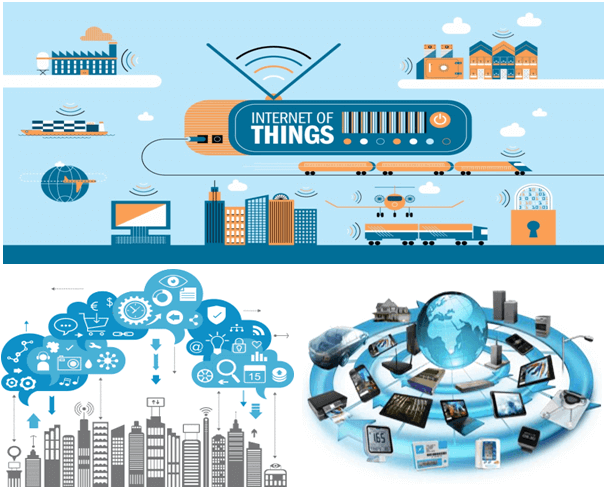
A thing, in the Internet of Things (physical devices), can be a person with a heart monitor implant, a farm animal with a biochip transponder, an automobile that has built-in sensors to alert the driver when tire pressure is low -- or any other natural or man-made object that can be assigned an IP address and provided with the ability to exchange data over a network. IoT has developed from the confluence of wireless technologies, micro-electromechanical systems (MEMS), microservices and the internet. The confluence has helped to dismantle the silo walls between operational technology (OT) and information technology (IT), allowing unstructured machine-generated data (Physical data) to be analysed for insights that will drive improvements. Kevin Ashton, cofounder and executive director of the Auto-ID Center at MIT, first mentioned the Internet of Things in a presentation he made to Procter & Gamble in 1999. Here’s how Ashton explains the potential of the Internet of Things: “Today computers -- and, therefore, the internet -- are almost wholly dependent on human beings for information. Nearly all of the roughly 50 petabytes (a petabyte is 1,024 terabytes) of data available on the internet were first captured and created by human beings by typing, pressing a record button, taking a digital picture or scanning a bar code.
The problem is, people have limited time, attention and accuracy -- all of
which means they are not very good at capturing data about things in the
real world. If we had computers that knew everything there was to know about
things -- using data they gathered without any help from us -- we would be
able to track and count everything and greatly reduce waste, loss and cost.
We would know when things needed replacing, repairing or recalling and
whether they were fresh or past their best.” In case of IPv6 there is huge
increase in address space and it can be considered as an important factor in
the development of the Internet of Things. Address space expansion in IPV6
assure that we can address to every atom on the surface of the earth, and
still have enough addresses left. In other words, humans could easily assign
an IP address to every "thing" on the planet. Also there are more number of
issues one should take care about are data privacy, data sovereignty and
security due to increase in the number of smart nodes, as well as the amount
of upload data the nodes generate. Although the concept wasn't named until
1999, the Internet of Things has been developing for decades. The first
internet appliance, was a Coke machine at Carnegie Melon University in the
early 1980s. The machine could connect over network and programmers were
able to check the status of the machine and determine whether or not there
would be a cold drink awaiting them, should they decide to make the trip
down to the machine. Few of the practical application of IoT are listed
below:
• Media
• Environment monitoring
• Infrastructure
Management
• Energy Management
• Medical and healthcare
•
Transportation
Latest Blog
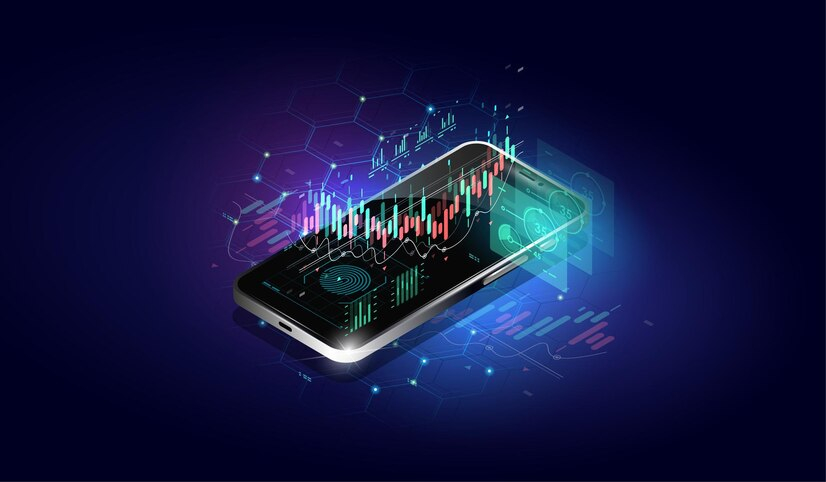
What are Progressive Web Apps (PWAs)

Apple Event September 2021 Recap

Windows 11 hands-on: Here's Everything You Need to Know About Microsoft's Latest Operating System
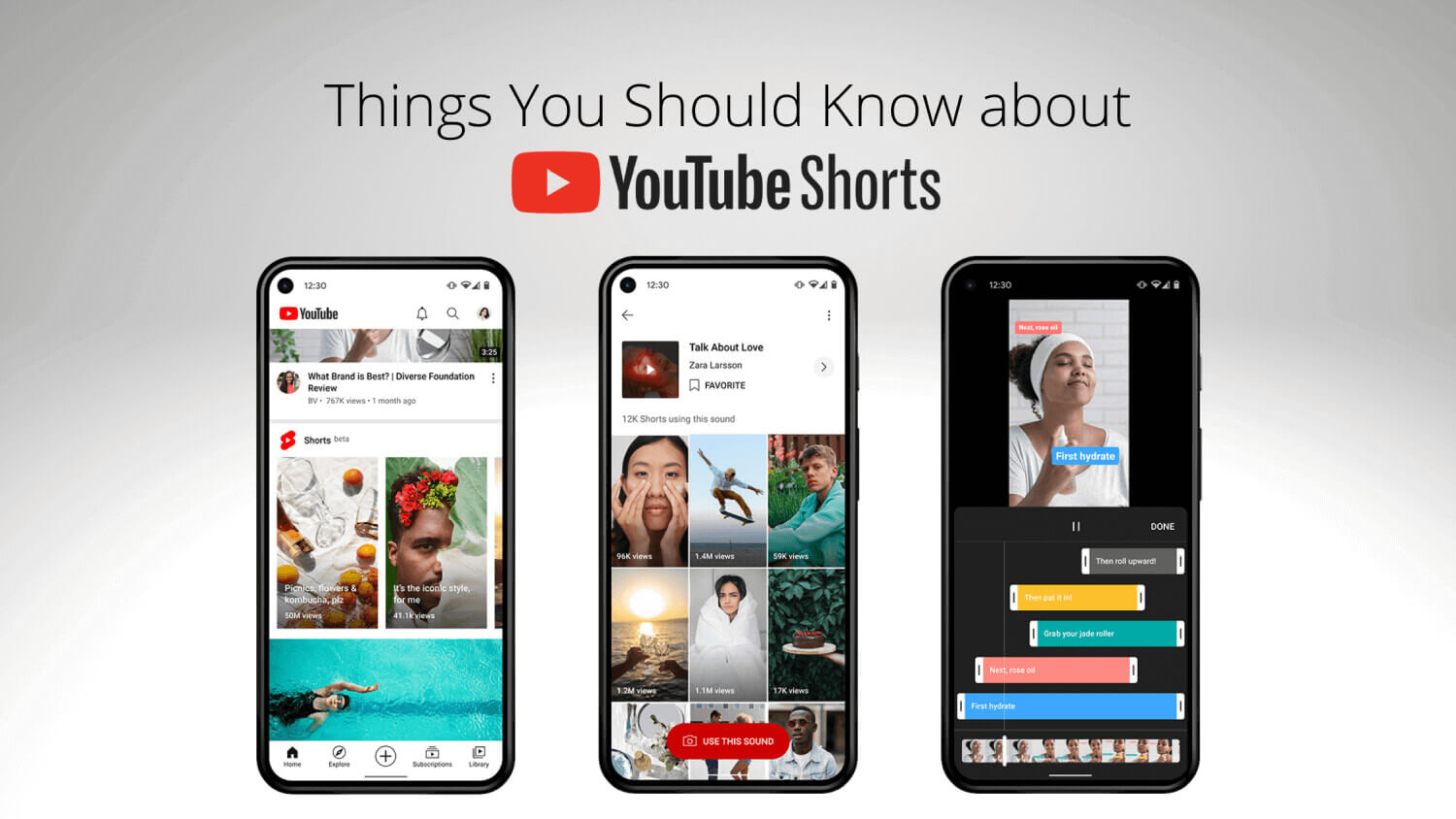
YouTube Shorts - Things You Should Know

8 New Features of Android 12 You Didn’t Know
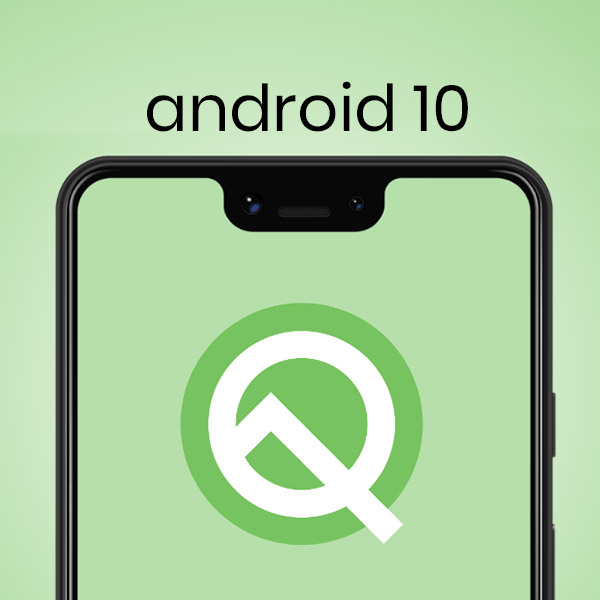
Android 10: Top feature you need to know!
Akshay Gangwar
50 mins ago
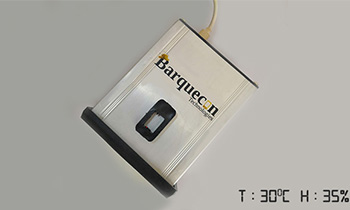
Temperature & Humidity IOT Solutions for Food, Agriculture and Medical Industry
Akshay Gangwar
50 mins ago
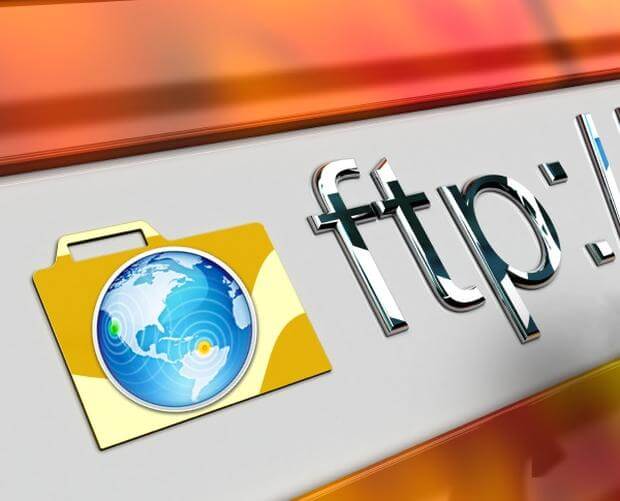
HTC Reportedly Planning to Re-enter Indian Market in August
Akshay Gangwar
50 mins ago

Apple OS X Server: File Transfer Protocol
Akshay Gangwar
50 mins ago

